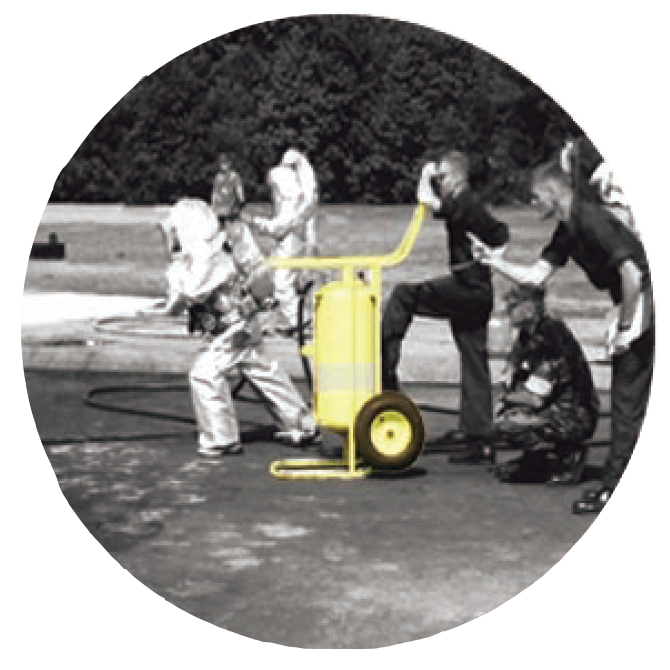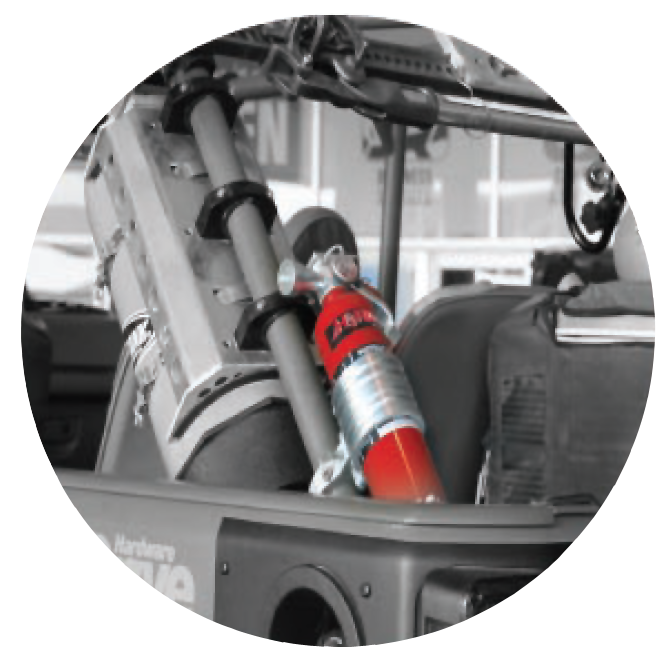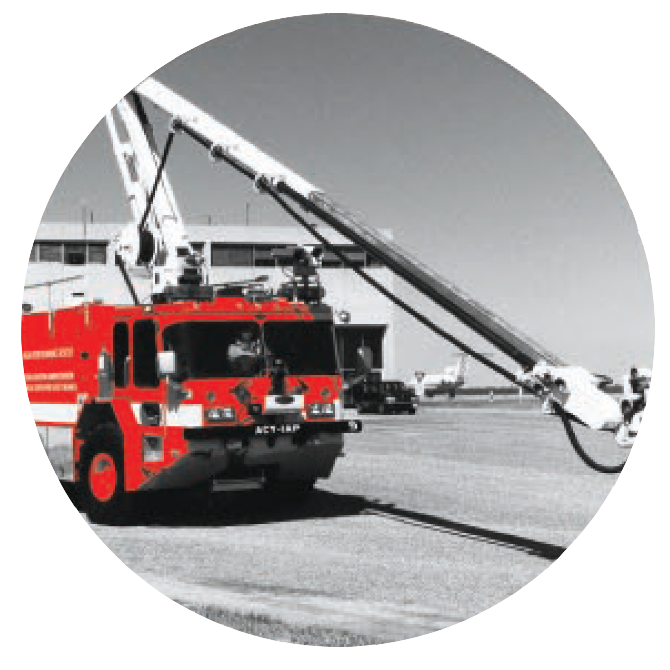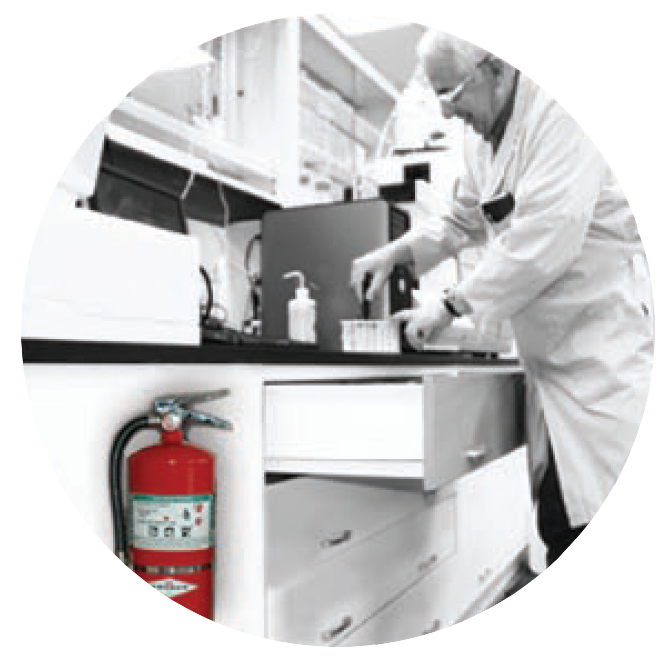Halotron® I Clean Agent
Designed for streaming applications in portable and handheld fire extinguishers
Easy to Use
Environmentally Acceptable
Clean Application
Increased Range & Accuracy
Halotron® I is discharged as a rapidly evaporating liquid, with a throw length of 6 to 45 feet (1.8 to 13.7 meters). Its relatively high boiling point of 80.6°F (27°C) gives it an advantage over other clean extinguishing agents, which tend to have lower boiling points and therefore evaporate sooner, limiting their throw length and overall effectiveness to the non-expert firefighter.






Minimal Collateral Damage
Halotron® I is a proven clean extinguishing agent effective on a wide range of fires including Class A, B & C. Quickly and effectively protect valuable assets without generating an undesirable solid residue during the fire-extinguishment process.
Approved by the US EPA’s SNAP Program
Halotron® I has undergone the most extensive testing of any halogenated clean agent for portable fire extinguishers since 1992.
There are more than 30 separate UL listings for Halotron® I portable extinguishers, which is more than twice the number available with any other halocarbon-based clean agent.

Just The Facts
Will Halotron® I be phased out in the future?
- There is currently no “phase-out” of Halotron® I.
- Under the Montreal Protocol and related US EPA / Clean Air Act regulations, there is a schedule for “phase out” of new production of HCFCs, based on Ozone Depletion Potentials (ODP). The primary raw material used to manufacture Halotron® I is HCFC-123. New production of HCFC-123 for certain uses ceased at the end of 2019 but production for fire protection and some other uses continues, and this will proceed until at least 2030.
- New Halotron® I production for use in new and existing fire extinguishers is occurring and will continue in the future using reclaimed HCFC-123. Reclaimed HCFC-123 is sourced from various sectors including the industrial chiller market where a substantial bank exists as well as from Halotron® I fire extinguishers coming out of service. Reclaimed HCFC-123 that is used for this purpose has the same or better quality characteristics compared to what has been used since commercial production began in 1994.
Is Halotron® I environmentally beneficial long term or eco-friendly?
- The primary raw material, HCFC-123 (97%+), has an extraordinarily good environmental profile compared to Halon and most other alternatives. This includes a near zero Ozone Depletion Potential (ODP) of 0.0098 (1) (CFC-11=1.0). It has a low Global Warming Potential (GWP) at 77. In addition, it is more effective compared to most other halon alternatives.
Are new fire extinguishers containing Halotron® I produced using recycled HCFC-123 or Halotron® I?
- New Halotron® I extinguishers are primarily produced using high quality reclaimed HCFC-123. That will continue in the long term. The quality of this material is the same as it was in the past. Unused HCFC-123 manufactured before 2020 can also be used to produce new fire extinguishers.
Does recharge of equipment made before 2020 require Halotron® I to be made only from reclaimed HCFC-123?
- Newly manufactured HCFC-123 made between January 2020 and December 2029 can be used to manufacture Halotron® I for servicing/recharging of equipment made before January 1, 2020(2). US EPA provides guidance for unique labelling of Halotron® I bulk tanks composed of product made with newly produced HCFC 123 to ensure users are aware of the limitations on use of this material. Halotron® I manufactured with reclaimed HCFC-123 can be used for either purpose (new equipment or recharge).

"Don't get no better than that!"
“We had a fire in the number 1 engine fire of an Embraer-135/145 Regional Jet at the gate a few weeks ago. The crew was unsuccessful in extinguishment with the on board systems. The fire was completely extinguished by our ARFF crew using the Halotron I system and the handline on our E-One Titan 6x6! Don't get no better than that! Sorry I do not have any pictures, was a little busy!”
-James R. Nilo, ACE, ARFF Chief Richmond International Airport

